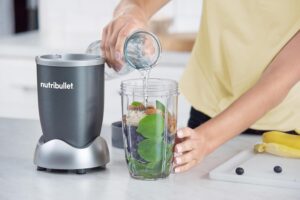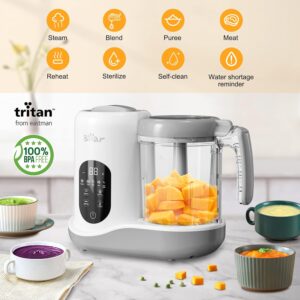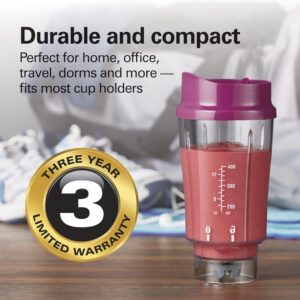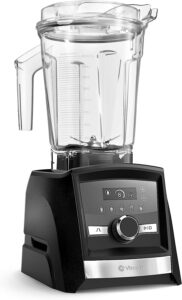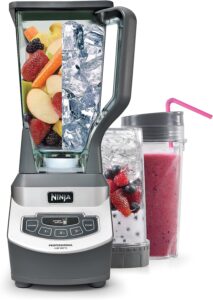Best Blenders of 2023
Blenders have become an indispensable tool in the modern kitchen, revolutionizing the way we prepare food and drinks. Whether you’re into smoothies, soups, or even homemade nut butter, having a reliable blender can make a world of difference. In 2023, the market is flooded with options, making it challenging to choose the perfect blender for your needs. Let’s dive into the top contenders and find the one that suits you best.
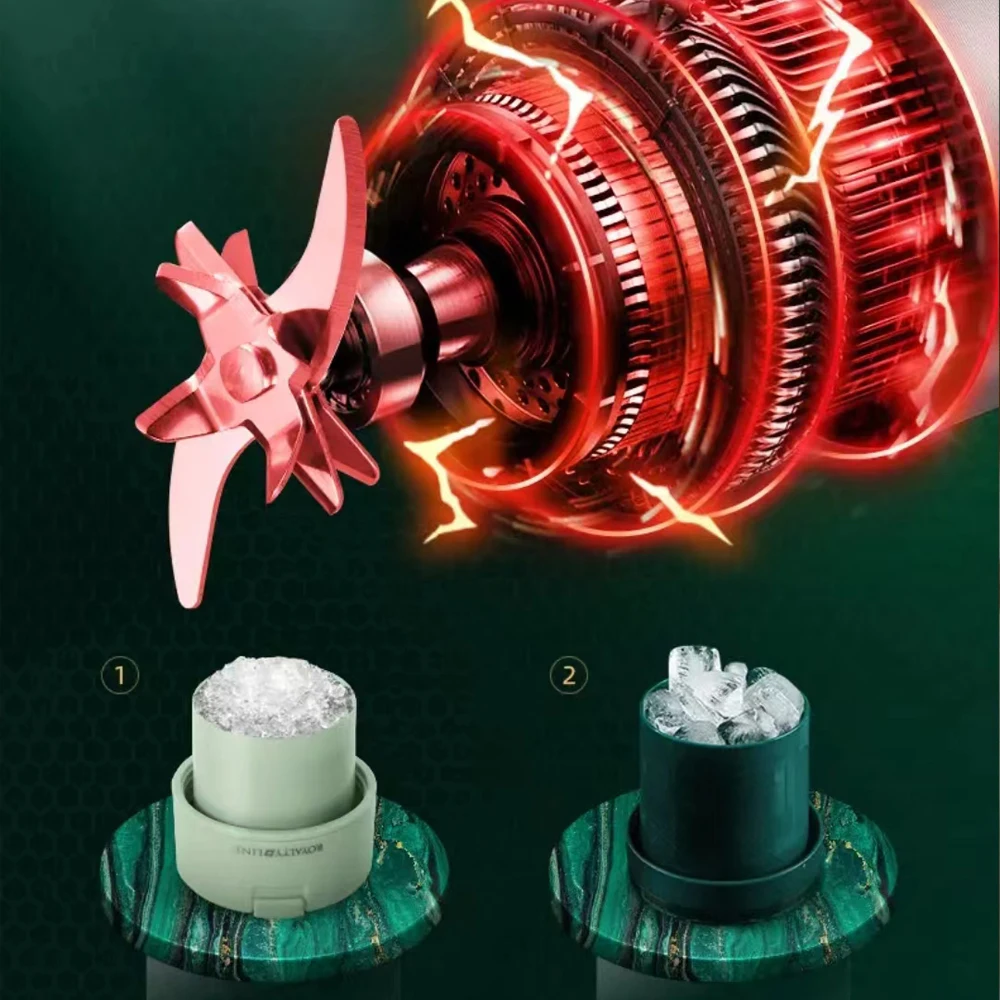
Key Features to Look for in a Blender
Before we jump into the specifics, let’s understand the crucial features that make a blender stand out. The power of the motor, the quality of the blades, the material and size of the container, and additional features like preset functions all play a vital role in determining a blender’s effectiveness.
Top-Rated Blender Brands
Several brands have consistently delivered top-notch blenders, earning the trust of consumers worldwide. Let’s explore the top four contenders: Vitamix, Ninja, Blendtec, and KitchenAid.
Vitamix: A Powerhouse in Blending
Vitamix has long been synonymous with high-performance blenders. Known for their robust motors and durable designs, Vitamix blenders are a favorite among culinary enthusiasts. The unique features, such as variable speed control and self-cleaning technology, set them apart.
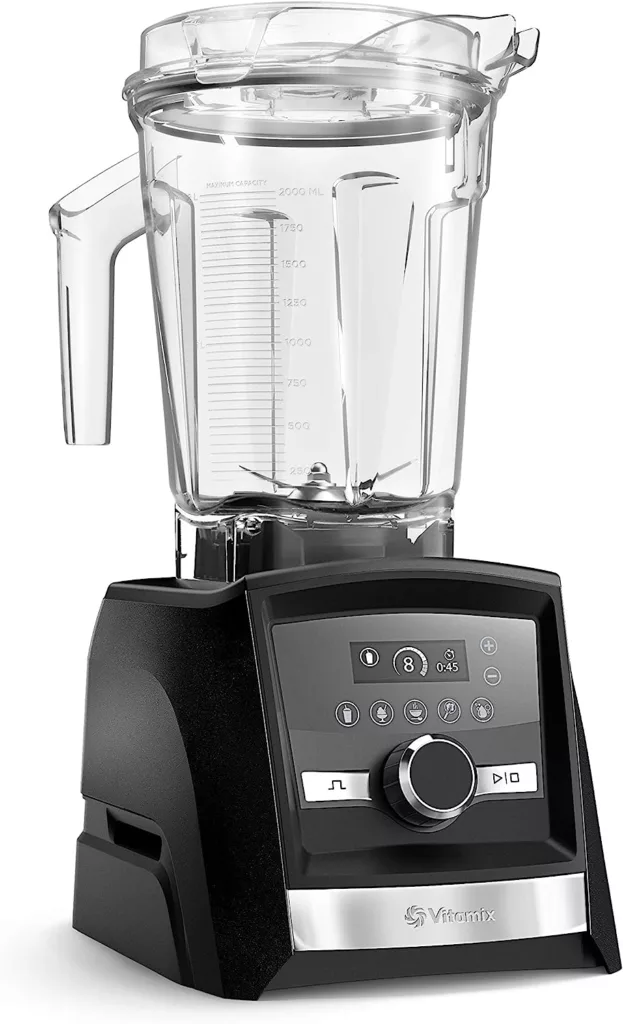
Ninja Blenders: The Versatile Choice
Ninja blenders have gained popularity for their versatility. From smoothies to dough mixing, Ninja blenders offer a wide range of functionalities. The innovative Total Crushing Technology and Auto-iQ programs make blending a breeze, even for beginners.
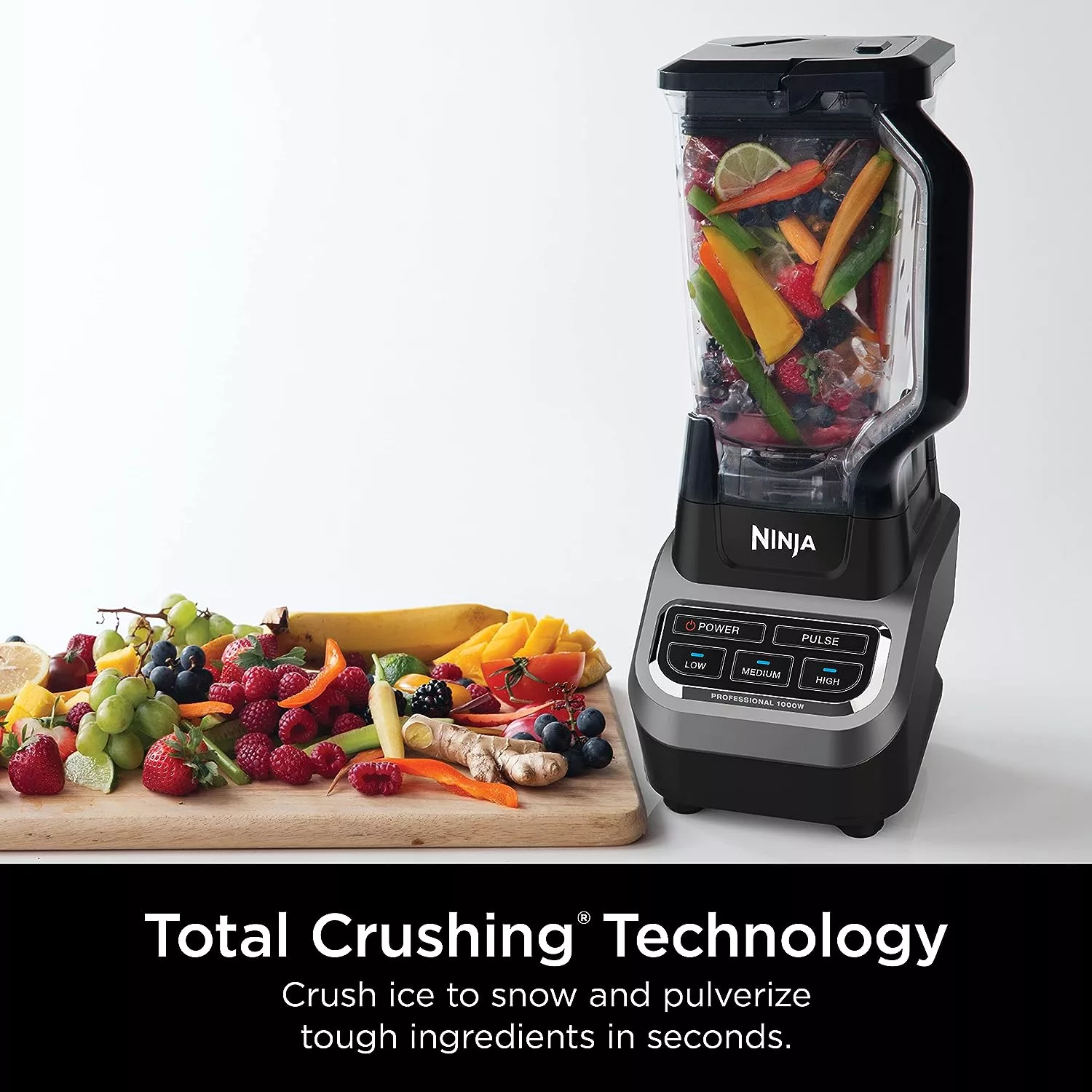
Blendtec: Blending Beyond Limits
Blendtec takes blending to the next level with its powerful motors and revolutionary WildSide jar. The patented blade design ensures a consistent blend every time. Users praise Blendtec for its ability to handle tough ingredients with ease.
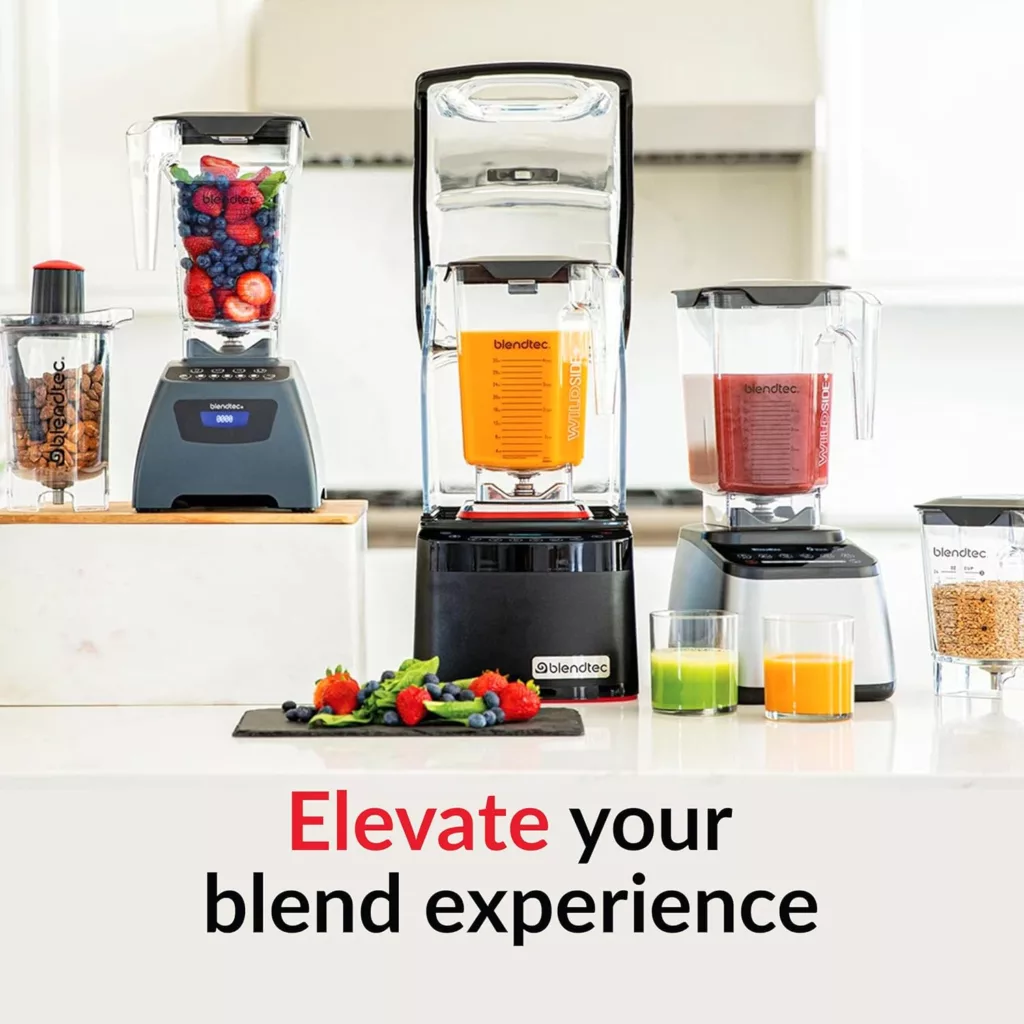
KitchenAid Blenders: Merging Style and Functionality
For those who value both aesthetics and performance, KitchenAid blenders strike the perfect balance. With a variety of color options and sleek designs, KitchenAid blenders not only perform well but also add a touch of style to your kitchen.
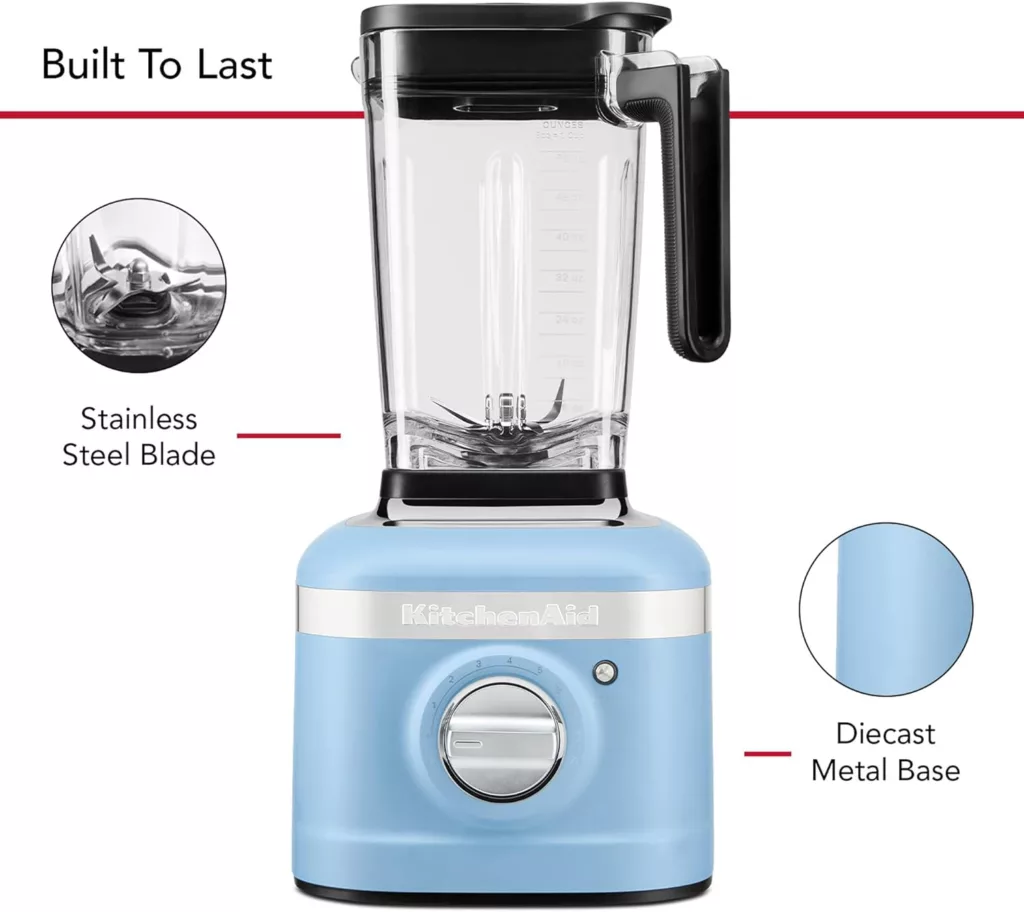
Comparison Table: Features at a Glance
To simplify your decision-making process, let’s compare the key features of these leading brands in a convenient table:
| Feature | Vitamix | Ninja | Blendtec | KitchenAid |
|---|---|---|---|---|
| Motor Power | 2.2 – 2.4 peak horsepower | 1000 – 1500 watts | 3.0 peak horsepower | 0.9 – 3.5 peak horsepower |
| Blade Design | Aircraft-grade stainless steel | Pro Extractor Blades | Patented WildSide+ | Stainless Steel |
| Container Material | BPA-free Tritan plastic | BPA-free plastic | BPA-free Tritan plastic | BPA-free plastic |
| Preset Functions | Yes | Yes | Yes | Yes |
| Warranty | 7-10 years | 1 year (limited) | 8 years | 5 years |
Blender Maintenance Tips
Now that you’ve narrowed down your options, let’s talk about how to ensure the longevity of your chosen blender. Proper cleaning, regular maintenance, and troubleshooting tips will help you get the most out of your investment.
Innovations in Blender Technology
The world of blenders is evolving, thanks to rapid technological advancements. Touch-sensitive controls, smart blending options, and integration with mobile devices are changing the way we interact with our blenders. Stay tuned as we explore the latest innovations in blender technology.
Personal Blender Recommendations
Based on your specific needs, here are some personalized recommendations:
- Best for Smoothie Lovers: Vitamix A3500
- With its powerful motor and versatile controls, the Vitamix A3500 is perfect for creating silky smooth smoothies.
- Budget-Friendly Option: Ninja Professional BL610
- Offering impressive performance at a reasonable price, the Ninja BL610 is a great choice for those on a budget.
- High-Performance Choice: Blendtec Designer 725
- If you demand the best of the best, the Blendtec Designer 725 delivers unparalleled performance and durability.
Customer Reviews and Testimonials
Before making your final decision, let’s hear from those who have already experienced these blenders. User reviews provide valuable insights into real-world performance and satisfaction.
What to consider when shopping for blenders
Shopping for blenders can be an exciting yet daunting task. With a plethora of options available in the market, each boasting unique features, it’s crucial to navigate the choices wisely. In this article, we’ll guide you through the key considerations when selecting the perfect blender for your needs.
I. Introduction
A. Importance of Blenders
Blenders have become indispensable in modern kitchens, facilitating a wide range of culinary tasks, from smoothie-making to soup-blending. Understanding their significance sets the stage for making an informed decision.
B. Overwhelming Choices in the Market
The abundance of blender options can be overwhelming. Navigating through the various types and features requires a systematic approach to ensure you get the best value for your money.
II. Types of Blenders
A. Countertop Blenders
These are the traditional, versatile blenders suitable for a variety of tasks. They often come with multiple speed settings and a range of features.
B. Immersion Blenders
Perfect for those who prefer compact and handheld options, immersion blenders are great for blending directly in pots or cups.
C. Personal Blenders
Tailored for individuals or small families, personal blenders are compact and efficient, usually designed for making single servings.
III. Power and Performance
A. Wattage and Blending Capabilities
The power of a blender is a key factor. Higher wattage generally means better performance, but understanding your specific blending needs is crucial.
B. RPM (Revolutions Per Minute) and Its Impact
The speed at which the blades rotate can affect the texture of your blends. Considering the RPM is vital for achieving the desired results.
IV. Blade Design
A. Material and Sharpness
Blade material and sharpness determine the efficiency of blending. Stainless steel blades are common, but their sharpness is equally important.
B. Number of Blades
More blades don’t always mean better performance. Understanding how the blades work together enhances your blending experience.
V. Jar Material and Size
A. Glass vs. Plastic Jars
Choosing between glass and plastic jars involves considering factors like durability, weight, and potential chemical leaching.
B. Choosing the Right Size
Selecting the appropriate jar size depends on your typical batch size and available storage space.
VI. Speed Settings
A. Variable Speed vs. Pre-set Speeds
Blenders with variable speed settings offer more control, while pre-set speeds simplify the blending process. Consider your preference and blending habits.
B. Pulse Function
The pulse function provides short bursts of high speed, ideal for tasks like crushing ice. Assessing your intended use helps determine the necessity of this feature.
VII. Special Features
A. Ice-Crushing Capabilities
If you enjoy smoothies or frozen drinks, a blender with effective ice-crushing capabilities is essential.
B. Pre-programmed Settings
Some blenders come with pre-programmed settings for specific tasks. Assess whether these align with your culinary needs.
C. Noise Level
Consider the noise level of the blender, especially if you’ll be using it in a shared living space.
VIII. Cleaning and Maintenance
A. Dishwasher-Safe Components
Opting for blenders with dishwasher-safe components simplifies the cleaning process, saving you time and effort.
B. Detachable Parts
Blenders with detachable parts are easier to clean thoroughly. Check the ease of disassembly before making a purchase.
IX. Brand Reputation and Reviews
A. Researching Reputable Brands
Investigate the reputation of blender brands by reading reviews and testimonials. A reliable brand ensures product quality and customer satisfaction.
B. Reading User Reviews
Real user experiences provide valuable insights. Utilize online platforms to gather information on the performance and durability of the blender you’re considering.
X. Budget Considerations
A. Finding a Balance Between Quality and Price
While it’s tempting to go for the most affordable option, finding a balance between quality and price ensures long-term satisfaction.
B. Hidden Costs to Be Aware Of
Consider additional costs, such as replacement parts or accessories, before finalizing your budget.
XI. Warranty and Customer Support
A. Importance of a Good Warranty
A robust warranty indicates the manufacturer’s confidence in their product. Assess warranty terms and conditions before making a decision.
B. Assessing Customer Support Options
Reliable customer support is crucial for addressing any issues or queries. Look for brands with a reputation for excellent customer service.
XII. Energy Efficiency
A. Environmental Impact
Considering the environmental impact of your purchase is increasingly important. Opt for energy-efficient models with minimal environmental footprint.
B. Energy-Saving Features
Some blenders come with energy-saving features, contributing to both cost savings and environmental conservation.
XIII. Future-Proofing
A. Considering Technological Advancements
Technology evolves, and blenders are no exception. Assess the potential for future upgrades or advancements in the model you’re eyeing.
B. Upgradability Options
Explore whether the blender allows for upgrades or attachments, ensuring it remains versatile as your culinary needs change.
XIV. Comparison Shopping
A. Utilizing Comparison Websites
Comparison websites provide side-by-side assessments of different blender models. Use these tools to make an informed decision based on your priorities.
Which blender is best for hot and cold?
Choosing the best blender for both hot and cold applications depends on your specific needs and preferences. However, a high-quality blender that is known for its versatility in handling both hot and cold ingredients is the Vitamix.
The Vitamix blenders are renowned for their powerful motors, durable construction, and the ability to handle a wide range of tasks, including blending hot soups and sauces as well as crushing ice for cold smoothies. The Vitamix blenders typically come with variable speed settings, making it easy to control the blending process based on the ingredients you are working with.
One popular model is the Vitamix 5200, which has been a favorite among users for its reliability and performance. However, there are other models with additional features and advancements, so it’s worth exploring the Vitamix product line to find the one that best suits your needs and budget.
Keep in mind that there are other reputable blender brands that also offer versatile options for hot and cold blending, such as Blendtec and Breville. When choosing a blender, consider factors like motor power, blade design, container capacity, and ease of cleaning to ensure it meets your requirements for both hot and cold applications.
